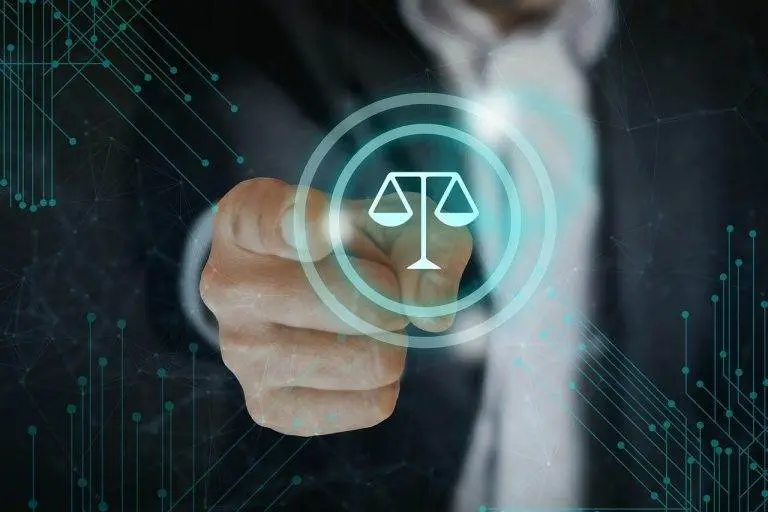Liquidation means that once a company is liquidated, the company is closed and deregistered at the Companies Offices. The company cannot trade any longer. All creditors and debtors must take part in the winding-up process and cannot take legal action against the company. The liquidator stands in the shoes of the directors and is in control of the company once a liquidator is appointed after the process.
Voluntary versus Compulsory Liquidation
A company can be voluntarily liquidated by the directors and shareholders of the company, or it can be forcefully liquidated by a creditor or creditors (this is referred to as compulsory liquidation). When a company is voluntarily liquidated, the company can be liquidated in either the High Court with a court application, or at the Companies Offices by means of a Special Resolution that the directors and shareholders sign. If there is conflict between directors/shareholders and there is a deadlock, one or some of them can bring a compulsory liquidation application in the High Court. If all directors and shareholders are not in agreement that the company must be liquidated, then the company cannot be liquidated in the Companies Offices and a liquidation application must be lodged at the High Court. Any creditor can apply for the liquidation of the company by bringing a court application.
Compulsory Liquidation Process
In the case of compulsory liquidation, creditors must prove that the company is unable to pay its debts. This involves filing an application at the High Court and providing evidence of the company’s insolvency. Once the court is satisfied that the company cannot pay its debts, a liquidation order is issued. The appointed liquidator then takes control of the company, assesses its assets and liabilities, and begins the process of selling assets to pay off creditors. This process ensures that all creditors are treated fairly and equally according to the legal framework. A company without assets can also be liquidated.
Voluntary Liquidation Process
In voluntary liquidation, the directors and shareholders decide to wind up the company’s affairs. This decision to liquidate should be made when the company cannot pay its debt or when the liabilities exceed the assets. The process begins with a resolution passed by the shareholders, followed by the appointment of a liquidator.
What happens after liquidation
After liquidation no creditor may institute legal action against the company and any legal action taken will be suspended. The one reason for this is because the company does not exist any longer once it is liquidated and cannot be sued or legal action already started cannot be completed. (unless the liquidator completes the legal action). The second reason is that because the liquidator is “in charge” of the company, the liquidator is the only person who can decide whether the company will proceed with the legal action or not. Usually there are not sufficient funds available to litigate, which means in such cases the legal action will be stopped and fall away. If a legal action was instituted against the company before liquidation, the liquidator will only continue with the case if there are funds available and if there is a good prospect of success that could yield more income for the company’s creditors. All court cases must be removed from the court roll or at the very least postponed until the liquidator has confirmed what action the insolvent estate of the company is going to take with regards to the legal action. **This only applies to legal actions instituted before Liquidation, as no legal action can be instituted against the company afterwards.
Concursus Creditorum
In a liquidation an interesting process takes place, namely concursus creditorum. This means that no creditor may take any legal action against the company because all the creditors become one “body” and they all must take part in the winding-up process. This is a good thing because of one creditor issues summons against a company and attached all of the assets of the company, there will be nothing left for the other creditors. With liquidation all the creditors must stop legal action and share in the proceeds of the assets (if there are any assets) in a certain order. This is a structured process that protects both the creditors as well as the company.




